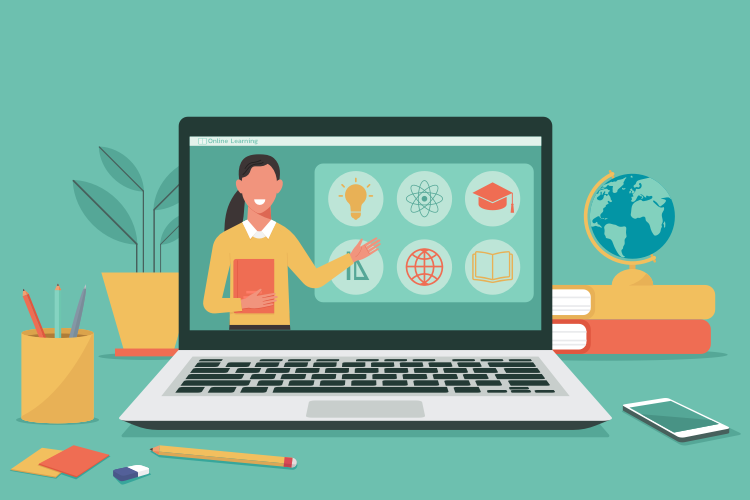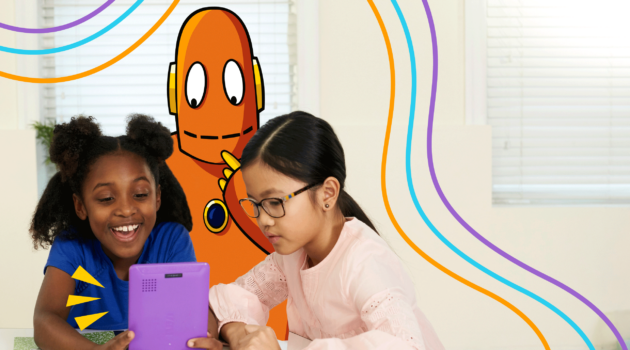Teaching Strategies
Remote Learning: Here’s What Experts Suggest Teachers Keep

The 9-year-olds in Selena Carrión’s fourth grade English class know how to share their screens with classmates during a video call. Together, they quickly troubleshoot problems as they arise during class and offer suggestions for how Carrión should structure their Google Classroom.
Their ingenuity is impressive, Carrión said, and she hopes to build on it when students are back together in her New York City classroom.
“You can’t put the genie back in the bottle, and I don’t think we should,” said Carrión. “We would be remiss to go back and just return to business as usual. This is definitely a moment that we can really enhance and change a lot of what we were doing that wasn’t working in education.”
The sudden, unexpected pivot to remote learning cost months of lost instruction and further deepened inequities as participation dwindled and some faces entirely disappeared from online classes. But it also forced schools and cities to address gaps in access to devices and wifi, and teachers were pushed to try new digital tools.
Now, experts say educators should reflect on the positive lessons learned over the last year rather than rush back to normal. That means reconsidering everything, including the traditional schedule, how teachers assign work, and how they manage class time.
“It can be really quite emotional conversations,” said Emily Freitag, co-founder and CEO of the nonprofit Instruction Partners, which works with schools to improve instruction. “Learning so much about digital delivery expands our toolbox to meet needs in very different ways.”
Some students flourished during remote learning, benefitting from fewer distractions during the day or decreased social anxiety—which parents, caregivers, and districts noticed.
One in five districts expected to continue offering a fully virtual option after the pandemic, according to a survey released by think tank RAND Corporation in December. Another 10 percent of the participating 300 school districts and charter management organizations plan to continue with some sort of hybrid learning. Melissa Diliberti, one of the survey’s authors, said a driving force is the demand for flexibility from parents.
“We tended to focus on the stories of the horrendous experiences that parents are having,” said Mary Beth Hertz, director of education technology for Friends Select School in Philadelphia. “Sprinkled in there were the stories of kids whose social anxiety plummeted. I think that schools will see value in that.”
For students and teachers who return to a traditional, in-person schooling, the experience could also be enhanced by strategies learned during remote learning. Potential changes experts listed included:
- Offering virtual parent/caregiver-teacher conferences to make them more accessible for all families.
- Expanding the reach of teacher’s professional development. For example, a teacher who is isolated locally—such as a lone French teacher in a rural district—can connect and meet with other language teachers across the country.
- Relying less on formative assessment because there are more options for monitoring student progress on digital platforms.
- Providing more frequent feedback because teachers can observe students work in real time through technology such as Google Docs instead of collecting and grading paper assignments.
“I do think, by and large, schools are going to be back in-person,” Freitag said. “But I think they will bring the versatility and the new skills into that work in a new way.”
At Carrión’s elementary school, students will return to the classroom with their own device and more experience using different programs. As a result, Carrión said she will consider offering more time to work independently, or assigning more learning outside of school hours so she can dedicate class time to discussing and analyzing the topic.
Ultimately, Carrión’s goal is to continue to push students to be innovative and independent critical thinkers and prepare them for a 21st-century workplace.
“I think we’ve kind of framed a lot of these skills as [being] for high school students,” Carrión said. “But I think now it’s become clear there [are] a lot of untapped skills and potential that our younger kids have.”






